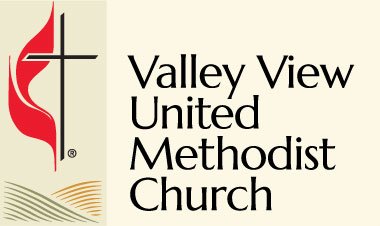Communion Bread
Church history tells us a lot about what we hold sacred, why it matters to us, and shapes many of our current practices. Today, I want to share some thoughts about communion.
Christ only instituted two practices into the life of the church. Well, two that we hold separate as holy practices, though the Lord is definitely present when we gather in fellowship to eat together like the disciples did. And prayer has always been a part of the faith.
Baptism and communion are the two sacraments in the United Methodist church. And we do a number of things that are different from others. The Evangelical Lutheran Church of America (ELCA) also has an open table, but they use alcohol/wine. The Episcopalians allow any who are baptized to participate in communion and use wine. Southern Baptists do much the same, but generally use grape juice over wine. It would be possible to look at the logistics of a communion service and make a fairly accurate guess about which denomination or tradition that church identifies as.
The theology behind the open table in the UMC ties back to, you guessed it, grace. We affirm that God's grace is universal. Open to everyone. So, who are we to prevent someone from coming to seek God at the communion table? We are not there to judge or put a test in place. God will judge their hearts and minds.
And an open table comes with some difficulties. We want the table to be accessible and welcoming to all. Any who may come. So we ask ourselves questions like should we serve alcohol to children (no), is our communion rail area wheelchair accessible (yes), and what kind of bread should we use.
So much of what we do on Sundays ties back to symbolism or represents something important to what we believe. We use a gold cross on our altar instead of a wooden one as Christ was transformed with his resurrection and no longer hangs upon the cross (hence no crucifixes). Churches with red doors use those to represent the blood of crucifixion and how we are born again in Christ. At Christmas we use evergreens because God's love is steadfast and everlasting. None of this symbolism prevents us from using a silver cross on the altar or neon colored tinsel during advent. These symbols do serve as reminders of our faith, our theology, and our beliefs.
Where am I going with all of this? Many of you have observed that we are using a different communion bread.
Wesley was a bit revolutionary when he instructed those who were a part of the Methodist movement to take communion as often as possible. At times during the church's history, the congregants only got to participate in communion once a year and usually with only one of the elements. The clergy were able to take communion often and with both elements along with the rich or noble peoples, but ordinary laity were often barred from participation in communion.
Now that I am a pastor and preside at the sacramental table, it matters a great deal to me that any who gather can take communion together. We are a small enough (though mighty!) congregation, that we only need one loaf of bread for communion. So that loaf needs to be safe for everyone to eat. Our faith does come with pitfalls and trails and tribulations and danger. Through many dangers, toils, and snares we have already come. But God has promised good to us, including being able to participate in communion, a space where we know God is present and meets us where we are. Don't we want to take steps to ensure that any who gather with us to worship are able to fully participate in worship? I know what I think, but what do you think? Please email back and tell me your thoughts.
